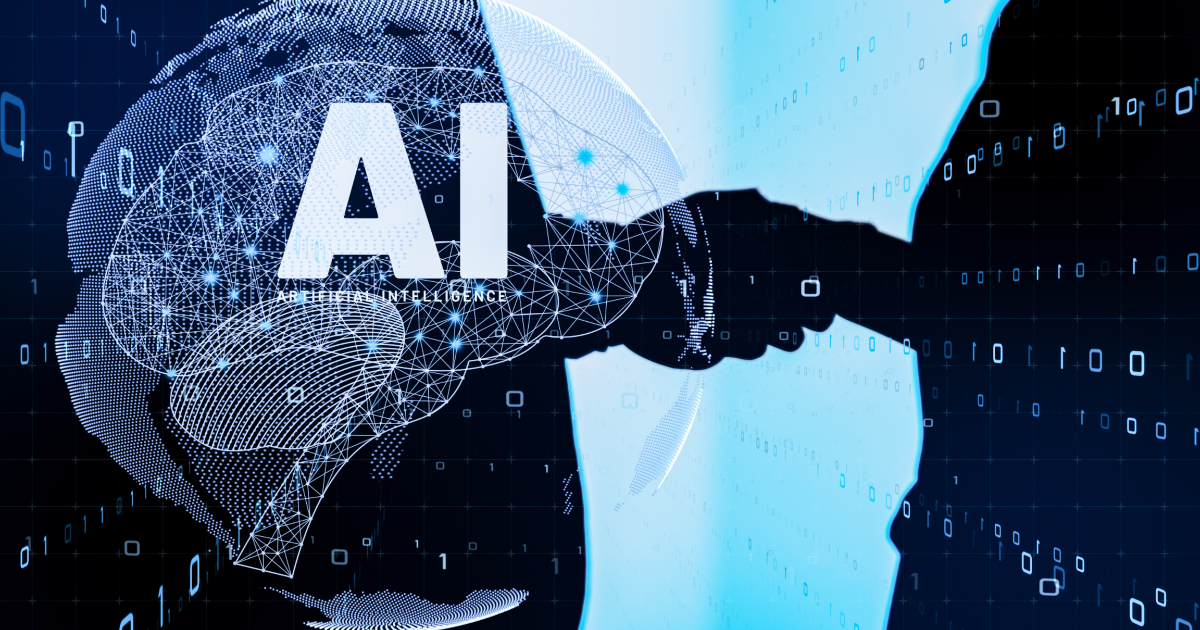As artificial intelligence (AI) and automation reshape industries, talent acquisition has emerged as one of the primary fields embracing these transformative tools. Globally, AI adoption in recruitment is accelerating, with companies leveraging it to streamline processes, enhance candidate experiences, and make data-driven hiring decisions. In APAC, however, the uptake has distinct characteristics that reflect regional priorities, opportunities, and unique challenges.
APAC’s approach to AI in recruitment: A unique landscape
While the APAC region is home to some of the most advanced AI-driven economies, such as China, Japan, and South Korea, the adoption of AI in recruitment varies widely. Countries with robust tech industries, including Singapore and Australia, have seen a rapid embrace of AI tools in recruitment. However, the regions diversity creates a varied landscape where local regulations, cultural preferences, and market maturity levels shape how and to what extent AI is implemented.
For example, in countries with stringent data privacy laws, such as Japan, AI implementations are often designed with added compliance measures, impacting the scope and speed of automation. In contrast to this, China’s rapid advancement in AI infrastructure has resulted in widespread use across industries, with recruitment firms leading the charge in utilising AI for candidate sourcing, CV screening, and interview processes.
Across the region, talent scarcity in high-skill industries such as IT, finance, and engineering is also accelerating AI adoption in recruitment. With companies in these fields competing for a limited talent pool, many have turned to AI to expedite the hiring process, allowing them to engage with top candidates faster than traditional methods would allow.
Global trends: A focus on candidate experience and efficiency
Globally, AI in recruitment has taken off, particularly in North America and parts of Europe, where companies are primarily using it to enhance efficiency, improve the candidate experience, and combat unconscious bias. AI-powered tools, such as applicant tracking systems (ATS) and recruitment chatbots, are increasingly used to streamline the hiring process, reduce manual effort, and support data-driven decision-making.
In the US and UK, AI’s role in creating inclusive hiring practices has gained traction, with organisations using technology to minimise bias. For instance, AI tools can be trained to anonymise candidate profiles, removing details like names and educational backgrounds to prevent bias in the screening process. This approach has helped global companies diversify their talent pools, particularly in industries where homogeneity has traditionally been a concern.
However, despite its advantages, AI-driven recruitment in global markets also presents challenges. AI-based algorithms may unintentionally reinforce existing biases if they rely on historical hiring data that reflects biased patterns. Ensuring transparency, building fair algorithms, and constantly refining data sources have become best practices to avoid these pitfalls, with companies recognising the importance of continuous improvement in their AI models.
Successes and lessons from APAC and beyond
Singapore’s AI-powered recruitment
In Singapore, AI is widely used across recruitment firms and large corporations to optimise candidate sourcing and speed up hiring timelines. The country’s AI-powered recruitment landscape showcases how an efficient and structured approach to AI adoption can yield impressive results. Many firms use AI-driven ATS systems that allow recruiters to manage applications and screen candidates in record time. For instance, Singapore’s government-backed initiatives encourage companies to embrace AI, providing support and frameworks to navigate compliance and effectiveness.
In addition, some Singaporean companies have integrated AI into internal mobility programs, using it to match existing employees with new roles based on their skills, aspirations, and career development goals. This approach has not only helped with external hiring but has also facilitated talent retention by offering employees a clearer career path within their organisations.
Global success: Unilever’s AI-driven recruitment transformation
Unilever, a multinational consumer goods company, offers a compelling global example of AI in recruitment. To reduce biases and improve candidate engagement, Unilever adopted a multi-layered AI recruitment process that includes game-based assessments and video interviews analysed by AI. The assessment tools evaluate candidates based on problem-solving, communication skills, and cognitive abilities, allowing for a more comprehensive view beyond traditional CV metrics. Unilever’s initiative reportedly reduced hiring time by 75% and increased diversity, offering a notable example of how AI can contribute to fairer, faster recruitment on a global scale.
Lessons learned: Pitfalls to avoid
Bias in algorithms: One of the most significant challenges in AI recruitment is the potential for algorithms to reinforce biases. This issue came to the forefront in 2018 when Amazon abandoned its AI recruiting tool after discovering it was biased against female candidates. The lesson here is clear: AI systems in recruitment require ongoing review and refinement. Regular audits and an emphasis on diverse training data are essential to prevent biased algorithms from impacting hiring outcomes.
Balancing automation with human touch: Another lesson learned, particularly in APAC, is the importance of balancing automation with human insight. In countries with high-touch recruitment cultures, such as Japan, full automation may not align with candidates’ expectations of personal interaction. Over-automation can alienate candidates, especially those in senior roles or specialised fields where human judgement and relationship-building are crucial. Successful companies blend AI with human oversight, allowing recruiters to use AI tools for efficiency while maintaining a personalised candidate experience.
Pitfalls and considerations for AI-driven recruitment in APAC
While AI can enhance recruitment processes, there are specific considerations for APAC markets:
Data privacy and compliance: With varied data privacy regulations across APAC, companies must be aware of local compliance requirements when adopting AI recruitment tools. For example, Japan’s Act on the Protection of Personal Information (APPI) and Australia’s Privacy Act impose strict guidelines on data collection and storage. Ensuring AI systems align with these regulations is crucial for preventing data breaches and maintaining trust with candidates.
Infrastructure and investment: In some APAC regions, particularly emerging economies, limited AI infrastructure can hinder adoption. For organisations in countries with less mature tech ecosystems, the cost and complexity of implementing AI may be prohibitive. Organisations in these areas may need to invest incrementally, starting with simpler AI tools that can be scaled up as infrastructure improves.
Cultural adaptation: In APAC, cultural differences play a role in how AI in recruitment is perceived. Countries like China, where tech adoption is widespread, see faster acceptance of AI-driven processes, while other regions, such as India, may prefer a more relationship-driven approach. Understanding these nuances and adapting AI implementations to align with cultural expectations is critical for ensuring the success of AI recruitment efforts.
Future directions: APAC and global AI recruitment evolution
As AI technology continues to develop, its applications in recruitment will expand, bringing new opportunities and challenges. For APAC, AI is expected to play a growing role in addressing talent shortages, especially in specialised fields like technology and healthcare. Countries across the region are also likely to see more government support for AI initiatives, which could drive further investment and innovation in recruitment tech.
Globally, the trend towards AI in recruitment will likely focus on refining algorithms to be more transparent and inclusive, with a continued emphasis on reducing bias and enhancing candidate experience. Automation may also expand into onboarding and retention, offering new opportunities to create seamless, end-to-end talent experiences.
Charting a path forward in AI-driven recruitment
The rise of AI in talent acquisition presents tremendous potential to transform recruitment processes across both APAC and global markets. While there is no one-size-fits-all approach, organisations can succeed by learning from case studies, staying alert to local regulations, and balancing AI with a human touch. By adopting best practices and embracing innovation, companies can harness AI to attract top talent, build diverse teams, and set the foundation for future-ready recruitment strategies.





